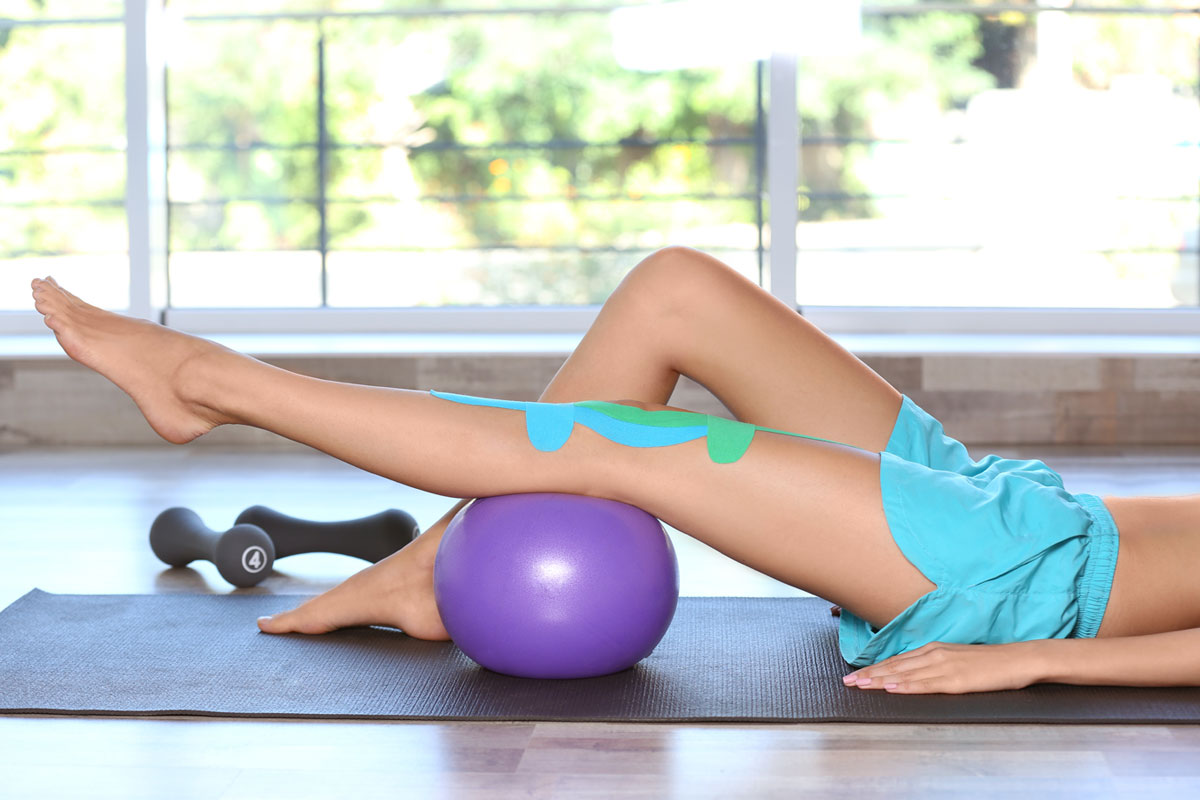
Last updated:
Australia has the highest reported rate of ACL injuries and reconstructions in the world, with a 2018 study by the Medical Journal of Australia reporting that nearly 200,000 ACL reconstructions were performed between 2000 and 20151.
Recent HBF claims data shows ACL reconstructions are still on the rise, particularly amongst women in their 30s.
The data shows there was a 74 per cent increase in women aged 30–35 claiming for knee reconstructions or revisions between 2012–2017.
This was much lower than men of the same age. For males aged 30–35, there was only a 4.5 per cent increase in knee reconstructions over the same period.
Why this huge difference between men and women?
We spoke to orthopaedic surgeon Benjamin Witte, who specialises in knee surgery and sports knee surgery at Orthopaedics WA, to find out.
Age and the increase in women playing AFL might be factors
According to Mr Witte, increased participation – particularly in female football – is part of the equation.
Another factor is age. Mr Witte points out the risk of injury increases for both men and women.
"An ACL injury can often happen in a slightly more mature-age person who loves their sport and is still playing, then just through bad luck the hours of sport has caught up with them," said Mr Witte.
"So, for women in their early 30s, they’re often netballers who are still playing and love the game."
Australian football is considered by surgeons to be one of the riskiest sports for ACL injuries, given its multi-directional nature, with constant dodging and weaving required.
AFL Women’s league has been so popular that athletes have switched from sports such as netball and basketball to take up a new challenge.
This, according to Mr Witte, puts a new layer of stress on those athletes' ACLs.
"We’ve had people moving from part-time netball or part-time basketball and moving into AFLW, so that slightly increased aggressiveness of the game might have something to do with it," he said.
"The amount of pivoting, twisting and turning, combined with the speed … it’s very tough on the ACL."
It could also have something to do with anatomy
There are other theories behind the rise in ACL injuries in female athletes that go beyond participation.
These include anatomical difference, such as the size of the pelvis and the size of the ACL itself, and biomechanical differences in the way women pivot, jump and land.
While more evidence is needed to verify these theories and fully explain the causes, what the data does show is higher rates of ACL injuries in female footballers.
According to the AFLW injury report, released after two seasons of the women's league, torn ACL injuries increased from 4.31 per 1,000 playing hours in 2017 to 6.47 in 20182. In the AFL men's competition in 2017, there were 0.7 ACL injuries per 1,000 playing hours3.
"It’s definitely a fact that for the numbers playing sport, females are at a higher risk of ACL tears," Mr Witte said.
"I probably see the same numbers of men and women suffering ACL tears.
To avoid ACL tears, the key is preparation
Should we all just stop playing sport and protect our knees? Absolutely not, Mr Witte says. The key is conditioning the body, strengthening the muscles that support your knees so they can handle stress more effectively.
Existing training programs, aimed at reducing the risk of ACL injuries, include FIFA 11+. This program involves a series of warm-up exercises recommended for high-risk sports such as basketball, netball, football and soccer.
"There’s a fair bit of evidence that pre-conditioning and training programs to prevent ACL injuries do work," Mr Witte said.
"If you actively intervene with a sporting code and try to get them all to do a strength and conditioning program around squats and lunges and landing from a jump, that sort of intervention makes a big difference in the rates of ACL tears.”
Mr Witte's advice for amateur sportspeople, including women switching to Australian football from other sports, is to focus on core strength, lunges and squats as part of a conditioning program to avoid serious knee injuries.
"Possibly being involved in an organised injury prevention program as well … but lunges and squats are the two best exercises you could do," he said.
"I would certainly encourage people to keep playing sport.
"But if you’re playing one of the higher risk sports – footy, rugby, basketball, netball, soccer – then as well as some training, I think going to the gym and working on general core strength and doing lunges and squats is helpful.
"That’s been proven to be of definite benefit for female athletes."
Get covered for ACL injuries
Whether you're sporty, adventurous, or just love to work out, HBF has a cover plan for you. Get covered, get some peace of mind, and get back on your feet faster if you get injured.
Find out more
Sources:
- 1 Medical Journal of Australia - Increasing rates of anterior cruciate ligament reconstruction in young Australians, 2000–2015 (2018)
- 2 AFLW - Concussion, ACL injuries highlighted (2018)
- 3 AFL - Injury Report: Players missing more matches than ever (2019)